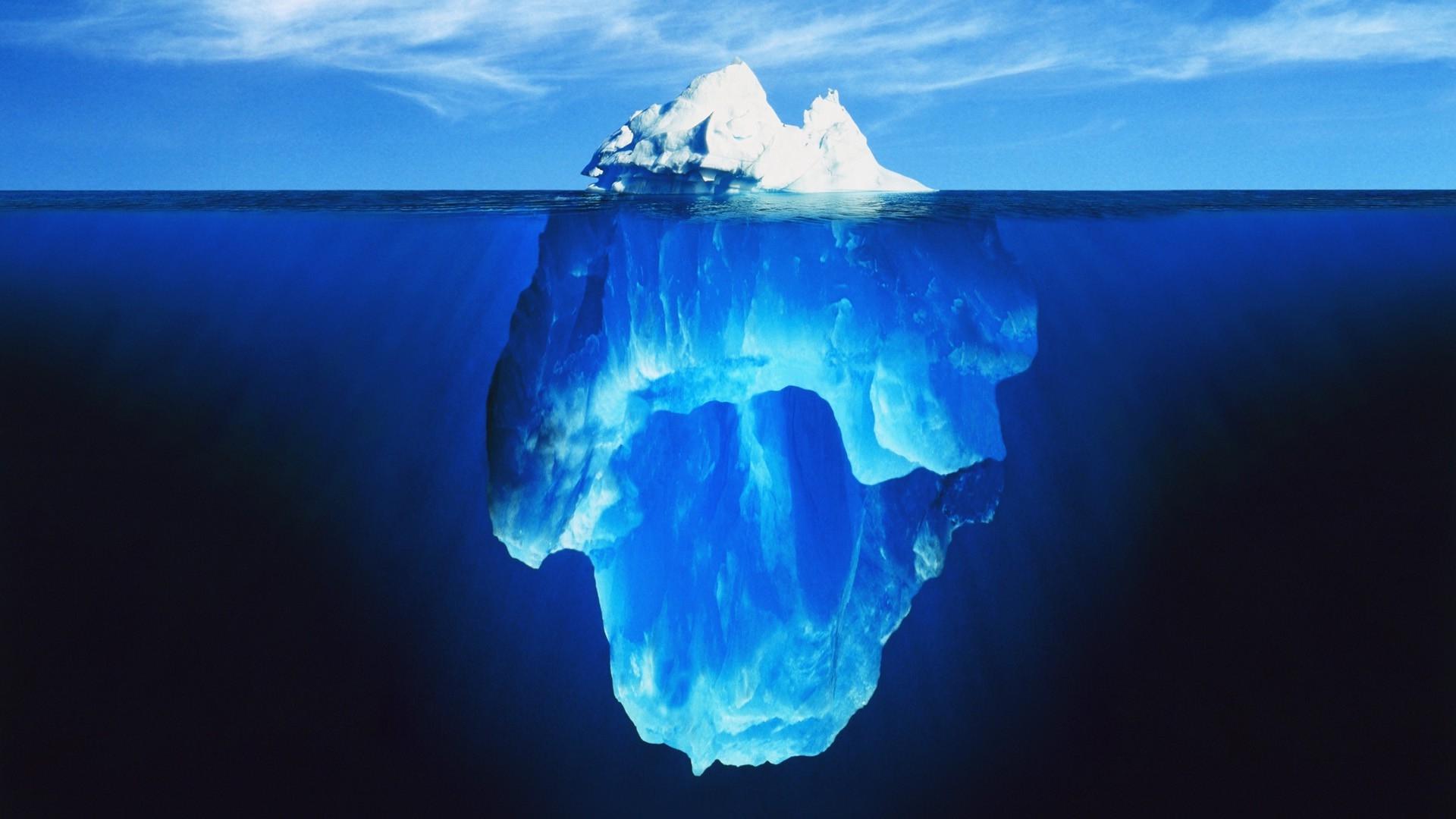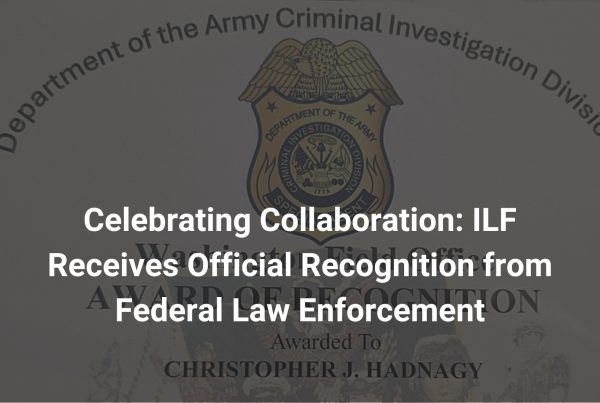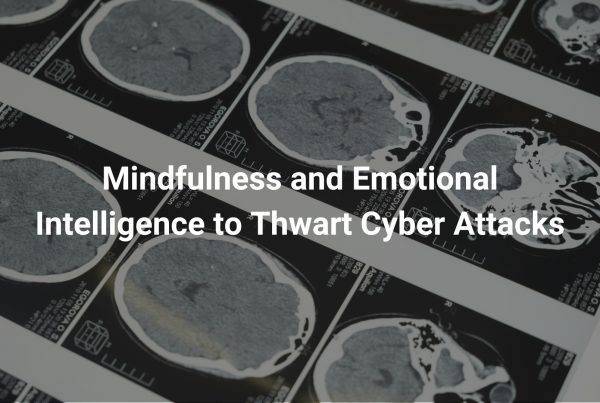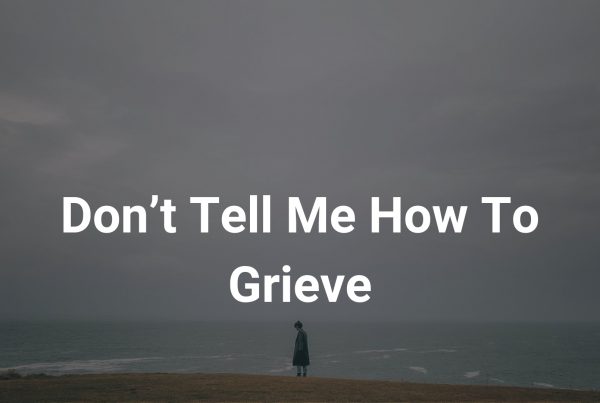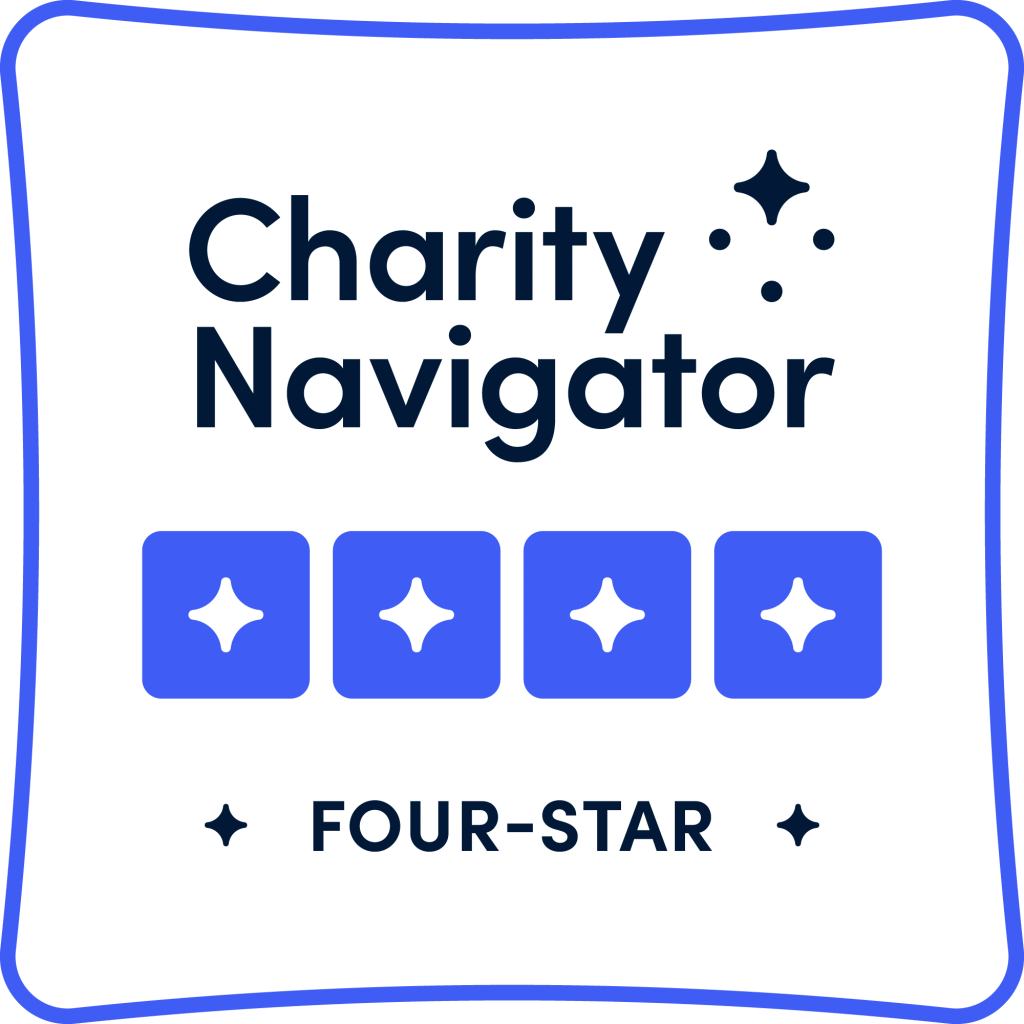You might have seen the picture before describing the Internet as an iceberg, with the very tip being the World Wide Web we all know and the bottom larger mass being the deep and dark web. The floating ice at the top represents the 10 percent of the internet we see and use daily with Google, Facebook, Twitter, and more. However, the 90 percent of ice submerged represents the internet inaccessible by normal search engines. There are two segments to this 90 percent: the deep web and the dark web. People commonly use these terms interchangeably, but they are not the same thing.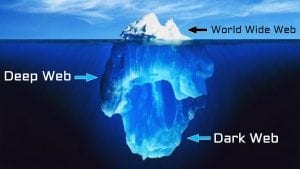 The Deep Web
The Deep Web
Like the dark web, the deep web cannot be accessed by search engines; however, the deep web’s function differs from the dark web. This is the part of the internet that stores databases, webmail pages, registration-required web forums, and pages behind paywalls. For example, if you write a blog, the deep web is where you store your content before publishing. You can think of it as the behind-the-scenes internet, where everything you don’t want the public to see goes. Another example is your online bank account because your personal online bank account does not show up while searching online. Hence, deep web.
The Dark Web
Like the deep web, the dark web is part of the internet, but it can only be accessed through the download and use of a special software like Tor. It was initially was created at the U.S. Naval Research Laboratory to protect the communications of the US military, but the anonymous system wasn’t anonymous if only the Navy used it. Therefore, opening it up made it so the Navy could stay anonymous with all the traffic going into the system. As it was made available to the public, it grew into an intricate system of anonymous networks and users.
Although the user can operate the dark web much like normal websites, some sites are not as easily accessible. In fact, some sites are hidden so intricately that they are only accessible if you have a specific address for the site. However, regardless of where you are browsing, your activity on the dark web is almost completely anonymous. This anonymity allows complete freedom of search, which gives unrestricted access to virtually anything. It is up to the user to make ethical choices while on the dark web.
The Good
We do not always hear great things about the dark web, but there is more to it than we realize. The total anonymity allows for oppressed people to communicate with the rest of the world, so their government can’t see what they’re doing and further restrict their freedom. For example, the Chinese government blocks internet access to certain websites through the “Great Firewall” in China; the dark web allows the Chinese to communicate anonymously to people within their country and internationally. Not to mention, this helps journalists collect information from sources and whistleblowers that want to stay anonymous (i.e. helping to ensure freedom of information). Finally, people have set up websites granting access to free research papers. This came as a result of frustration at the huge cost of accessing academic papers. Ultimately this aspect of the dark web aims to increase transparency.
The Bad
Unfortunately, good always comes with the bad. While the dark web can act as a hub for freedom of information and justice, it also acts as safe space for illegal and dangerous activity. As previously stated, the dark web is anonymous; IP addresses are effectively-hidden, websites are encrypted, and cryptocurrencies, like Bitcoin, allows users to conceal their real names to provide privacy and protection from the government. Thus, making it easy to buy, sell, and trade on the dark web. There are marketplaces within the dark web which sell a variety of drugs, weapons, and other illegal products or services. For example, marketplaces like the Silk Road and AlphaBay sold an array of illegal drugs (until they were shut down by the US Government). Although the government seized control of some of these websites, the buying and selling of these goods and services persist. In addition, the dark webs promotes unrestricted communication for terrorists, political extremists, and others while allowing access to potentially detrimental information (like how to make a bomb).
How the Dark Web Assists Child Pornographers
The combination of unlimited and unrestricted file sharing, anonymous chat rooms, and encrypted websites creates an ideal situation for child pornographers. The Department of Justice explains that connecting online allows the offenders to share their interests, desires, and experiences abusing children, in addition to selling, sharing, and trading images. Plus, these forums for communication promote collaboration between child pornographers and offenders. This ultimately creates relationships centered on a joint sexual interest in children. These relationships erase the shame that usually comes with this behavior while desensitizing those involved in the physical and psychological damage the victims suffer. Ultimately, online communities entice and encourage others to partake in the sexual exploitation of children.
How the Innocent Lives Foundation Infiltrates the Dark Web
The Innocent Lives Foundation works towards unmasking these seemingly anonymous users by using the dark web to gather intel about those who exploit and harm children. We assist law enforcement in tracking, tracing, locating, and apprehending perpetrators. Our goal is to make it harder for those who exploit children and easier for law enforcement to track and stop those who commit these atrocities. The internet can be an amazing resource for knowledge, freedom, and information, but it can hurt rather than help when used for horrifying reasons.
So, how can you help?
- Donate to the Innocent Lives Foundation to help us unmask anonymous online child predators to assist in bringing them to justice.
